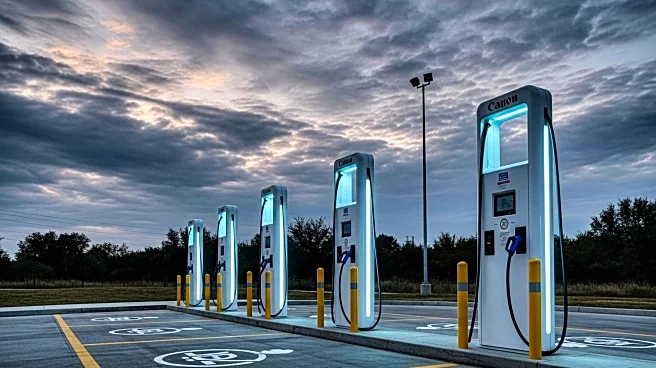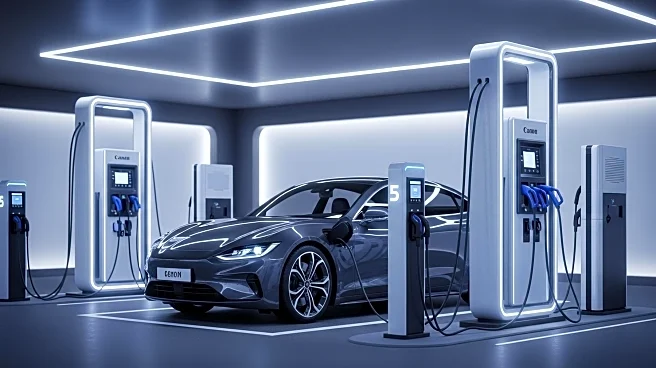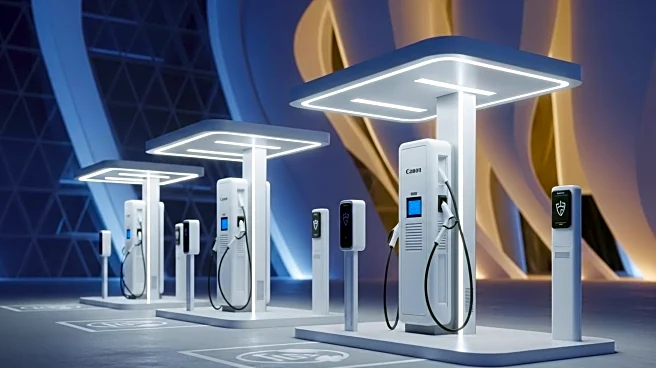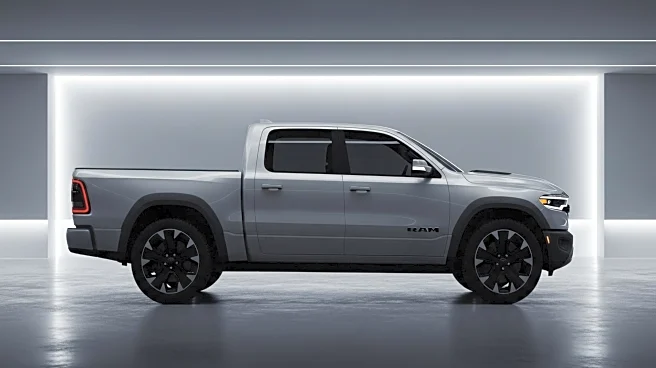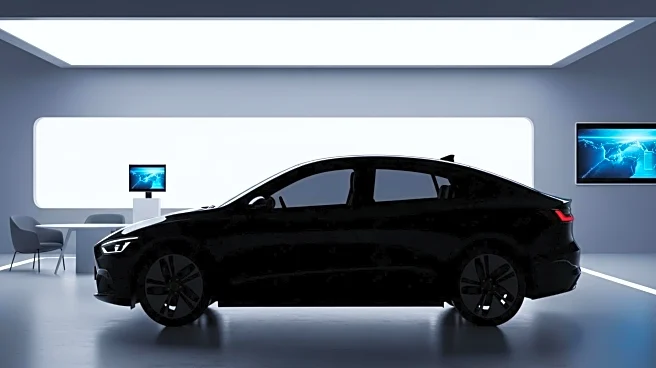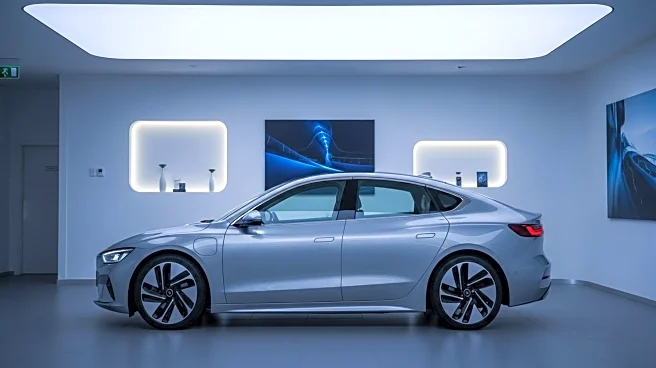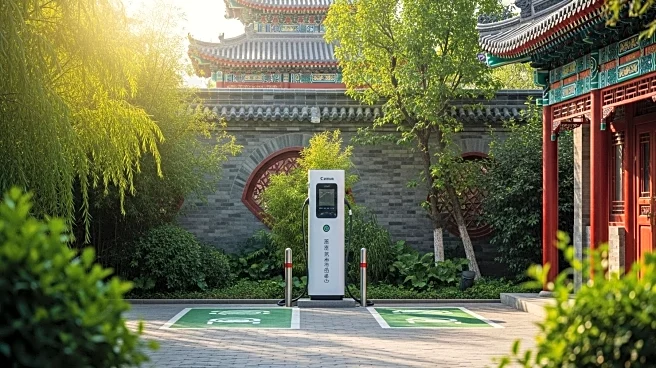What's Happening?
General Motors has announced the return of the Chevrolet Bolt as the most affordable electric vehicle (EV) in the U.S. market. The Bolt will be reintroduced for the 2027 model year with a price tag below $30,000. This move is part of GM's strategy to offer cost-effective EV options to consumers, although the production will be limited. The new Bolt is expected to hit dealerships in the first quarter of 2026, marking a significant step in GM's electric mobility initiatives.
Why It's Important?
The reintroduction of the Chevrolet Bolt as an affordable EV option is significant for the U.S. automotive industry, particularly as the demand for electric vehicles continues to grow. By offering a budget-friendly EV, GM is positioning itself to capture a larger share of the market, appealing to consumers who are price-sensitive but interested in transitioning to electric vehicles. This move could potentially influence other automakers to reconsider their pricing strategies for EVs, thereby accelerating the adoption of electric mobility across the country.
What's Next?
As GM prepares to launch the Chevrolet Bolt, industry observers will be watching for consumer response and sales performance. The limited production run suggests that GM may be testing the market's appetite for affordable EVs before committing to larger-scale production. Additionally, the success of the Bolt could prompt GM to expand its EV lineup further, potentially introducing more models at competitive prices. Stakeholders, including environmental groups and policymakers, may also react positively to this development as it aligns with broader goals of reducing carbon emissions and promoting sustainable transportation.
Beyond the Headlines
The revival of the Chevrolet Bolt could have broader implications for the EV market, including potential shifts in consumer perceptions about electric vehicles. By making EVs more accessible financially, GM may contribute to changing the narrative around EV affordability and practicality. This could lead to increased pressure on infrastructure development, such as charging stations, to support a growing number of EVs on the road. Additionally, the move may encourage other automakers to innovate and compete in the affordable EV segment, fostering technological advancements and improvements in battery efficiency.

